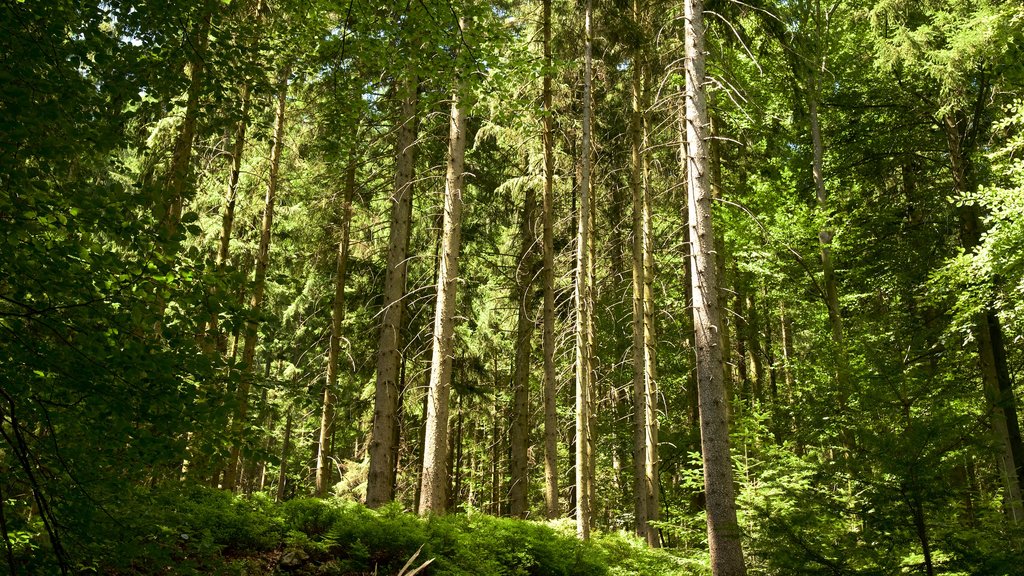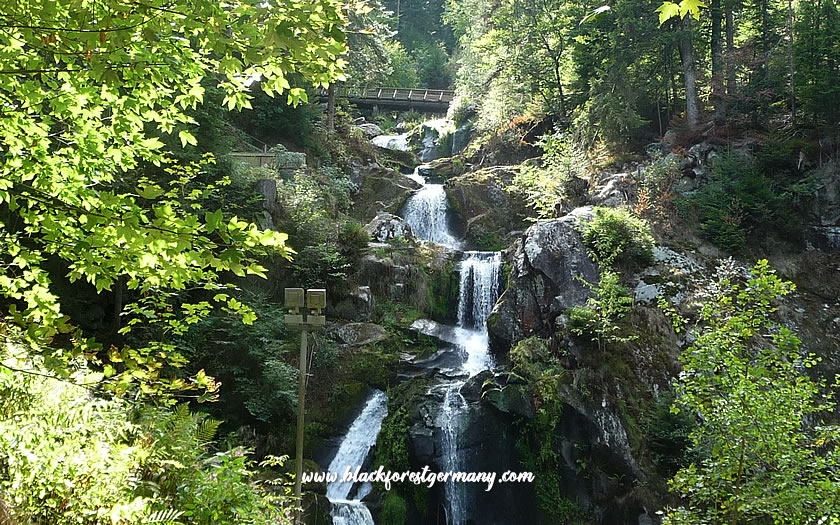

The fire burned forests that were 150 years old and left behind blank patches hundreds of yards across that have been colonized by invasive weeds.
#Black forest area colorado springs full
Lots full of the blackened spikes of burned pines trees remain untouched by their owners.Īnd the land, itself, is different. Money from grants and government agencies has dwindled, with new fires taking precedence for scarce funds. That is, they haven’t thinned trees and other potential fuel, leaving their parcels dangerously fire-prone and placing their neighbors at risk.

Some homeowners within Black Forest, lacking money or will, have not mitigated their properties. Large new homes dot the burn scar - making Black Forest Together’s efforts to win grants from charitable foundations for the area’s low-income residents harder because of the perception that Black Forest is a rich person’s community.ĭevelopment surrounding the forest has boomed, too, bringing even more density and even more congestion into areas of wildfire risk. “I think we’re better off now than we ever were before,” says Dave Root, a wildfire mitigation expert with the Colorado State Forest Service who has worked in the Black Forest area for decades.īlack Forest, though, is a different place now.Īs residents moved out after the fire, newcomers moved in, and today the area is wealthier and has higher property values than before it burned. And, to experts, that work has undoubtedly made Black Forest much more prepared for a fire today.
#Black forest area colorado springs how to
In many ways, the group’s efforts have made Black Forest a model for how to recover after a wildfire - one that Black Forest Together leaders, including Mantia, are working to bring to other fire-scarred communities. Now it has transitioned into an approach it hopes will ensure the organization is financially viable into the future - taking donated live trees from lots needing to be thinned and selling them, at low cost, to rebuilding homeowners trying to reforest “the black.” It coordinated fire-risk assessments and worked with homeowners’ associations in Black Forest on neighborhood-wide mitigation campaigns. The group has organized chipper drives and hustled grant money to help homeowners clear dead trees or thin out living ones to guard against a future fire. No, was their heartbroken answer.īut those who remained coalesced around a determined community group called Black Forest Together, which began in the days after the fire, tending to burned-out homeowners’ immediate needs. Some residents, overwhelmed by the enormity of the loss and the daunting task of renewal, simply moved away after the fire.

The Black Forest fire destroyed nearly 500 homes - still a Colorado record - and forced a community of 13,000 people woven into a thick forest of ponderosa pine northeast of Colorado Springs to confront an existential question: In a state where annual, catastrophic wildfires have become the norm, can a place so dense with trees and homes be rebuilt and made safer at the same time? You really have to be committed to the land to do something like this.” “It’s probably 10 more years of work after the five-year anniversary. “Every now and then I wonder whether that was the right decision or not, because there’s so much work involved,” Mantia says of his and his wife’s decision to rebuild after their home burned in the 2013 Black Forest fire. Meet Colorado’s Congressional delegationīill Mantia, whose house burned in the Black Forest fire, has put together a template for disaster-struck communities that leads to a sustainable recovery effort.Five years after wildfire tore through Black Forest, is the community still at risk? Close


 0 kommentar(er)
0 kommentar(er)
